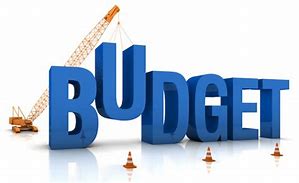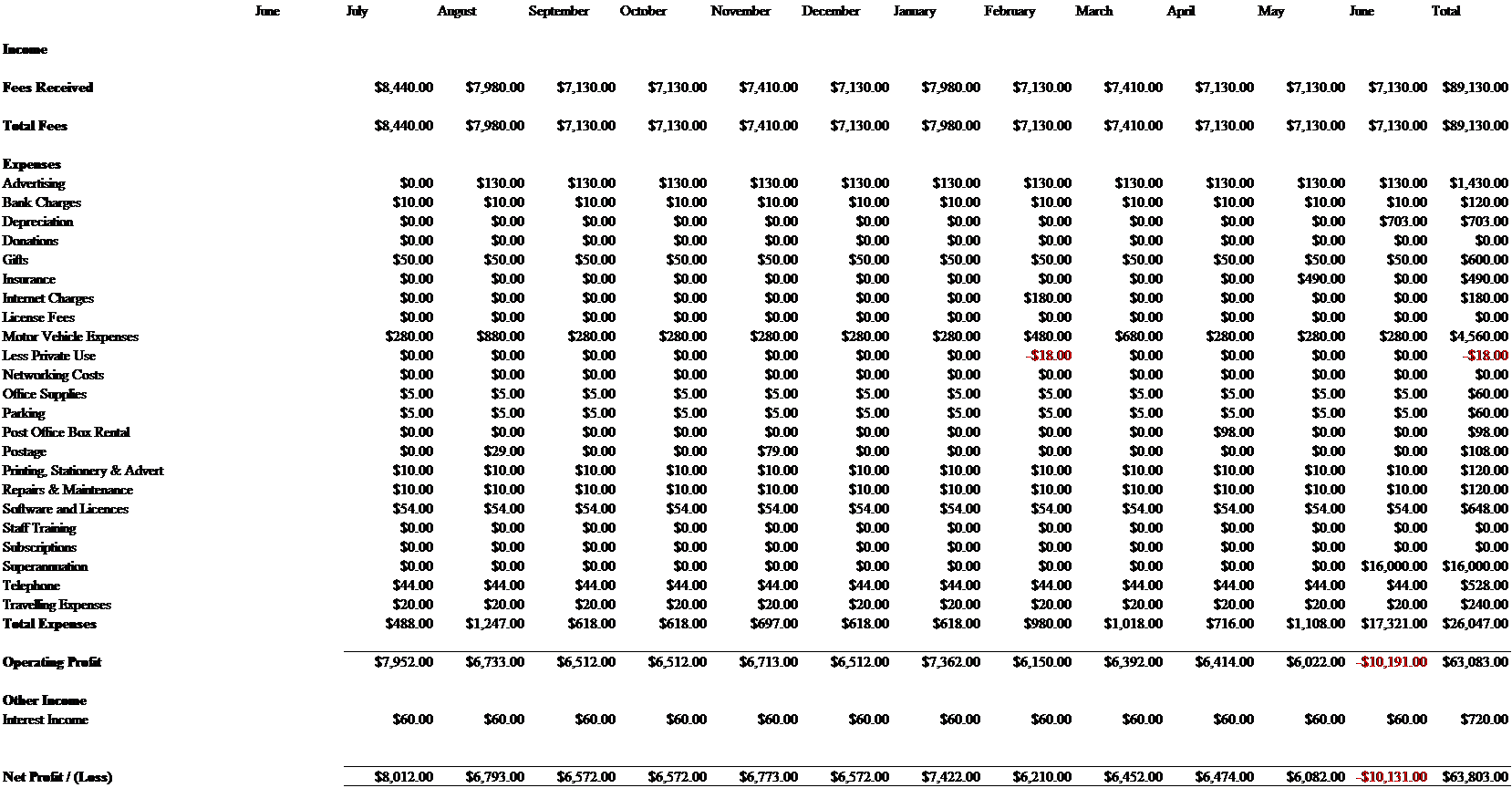
The magic of Budgets
Achieve Your Dreams, Perth’s pre-eminent business coaching service, specialising in lead generation strategies to increase sales, customers and clients and give you, the business owner, greater success and control over your business, presents another insight into Business Coaching.
Mention budgets to many small business owners and they have a fit – they will tell you they don’t need them, or they are a waste of time. I totally disagree – they are a wonderful tool to assist you both with sales and controlling costs.
Budgets, or sometimes known as forecasts, are a prediction of your forward income and costs, and will let you know whether you are predicting a profit or a loss for the period of the budget – usually on a monthly basis for a financial year. To me personally, a budget is essential, so let me share with you why and then go on to explain how to construct a fairly accurate annual budget.
A well constructed budget is a yard stick to compare your actual income and costs to your predicted income and costs, and so, at a glance you can see how you are tracking – you are either beating your budget or you are behind on your budget – both essential and very important information.
If you can use a spread sheet you can make a budget. If you have an accounting program like MYOB or QuickBooks, you can easily download last year’s figures as a csv file and that’s a great start. If you have such a program, you can also find the ‘analyse sales’ reports and they will tell you the items you sold per month throughout the year.
Paste your P & L csv file into a spread sheet, with your analyse sales csv file below it ensuring you have aligned the months. I always find it’s best to start with income or sales. If you have an accounting program, understand the sales analysis report are exempt of GST – if you are registered for GST, you may want to include GST and then remove it. Otherwise, unless you have many, many items you sell – like a hardware store or supermarket, list each item you sell and then, using the reports, list the number you sell in each month, and then at your sales price and add your total sales for each month and put that towards the top of your spread sheet – if you have added GST, ensure you remove it. If you have many items you sell, use last year’s figures and add or subtract your total monthly figure based on your knowledge.
Next, if you resell items, use your average Cost of Goods Sold (COGS) percentage – it won’t vary much, unless you radically change your sales mix (the items you sell). Using your last year’s P & L divide yours annual COGS by your annual sales – it will be a percentage. Use this figure for your calculations. What’s left after you subtract your COGS from your sales is your Gross Profit (GP) – this is what you pay all your expenses from.
Next move downwards to the expenses section and fill in the columns you are sure of – salaries, adjusted for the number of paydays in that month, rent, outgoings, insurance, bank fees, etc. – these are known as fixed costs. Then calculate your variable costs as a percentage of sales – Credit card changes, bank interest etc. are examples of variable costs.
See sample below – note how sales and expenses differ with months. Note also the large amount for Superannuation in June.

Using this example you can see you will make a profit – from this you can make a cash flow, but unless you have experience, it’s better not to try. We can certainly assist you to construct both for a very reasonable fee.
The magic of a budget is that it guides you on where to spend your money – cash is a very valuable and scarce resource in business, which is why you need to construct an accurate cash flow, especially if you have debtors (customers who owe you money), because it may take some time to collect that cash and deposit it into your bank account, the same goes for stock, and for suppliers who give you credit terms, where you will pay for part of your supplies in another month. Likewise for your income, if you don’t reach your sales target for a month, you will know to conserve cash, because your expenses are likely to be the same. In this way it assists you to know where to target your energy – if you need more sales, then concentrate on that aspect. If you are spending too much, then you can concentrate on reducing your costs
Hopefully you will now have some idea about how to construct an annual budget and be able to interpret it so you know where to concentrate your efforts in any period.
If you know of anyone who is struggling for sales / income send them a link to this blog, or request they make an immediate appointment for their FREE initial consultation. Don’t let them perish – it’s a very long road back! Thanks for reading this blog, why not subscribe to get it send directly to your inbox weekly?
Don’t worry about cost – all our services come with 100% money back guarantee and can start from $97 +GST per month, plus a contingency fee of your increased sales (paid quarterly from collected sales only), and can be paid by bank transfer or Credit Card.
There is lots of information available about marketing and lead generation, so we will leave that for another time, but in the meantime check this https://ayd.net.au/the-importance-o…eneration-system/, and this https://ayd.net.au/can-you-use-10000-or-more-in-extra-income-this-year/ and there is an article titled 24 Ways To Defeat Competition go here to download
We would welcome approaches from other business bloggers to write a guest post, or be invited to write a guest post.
